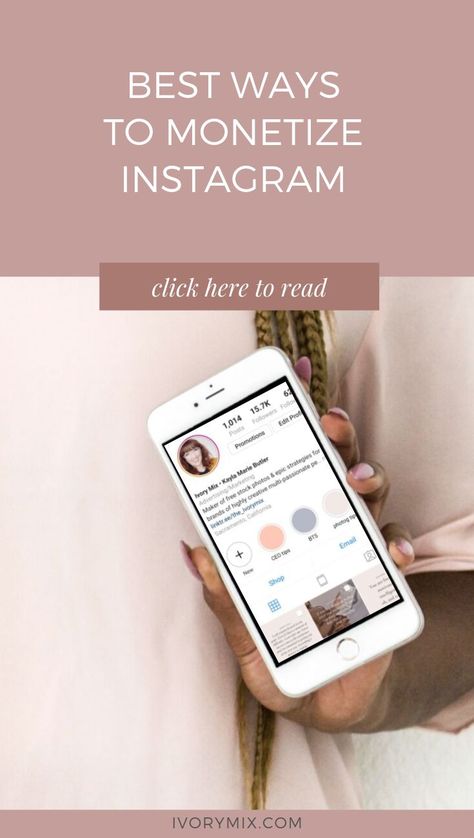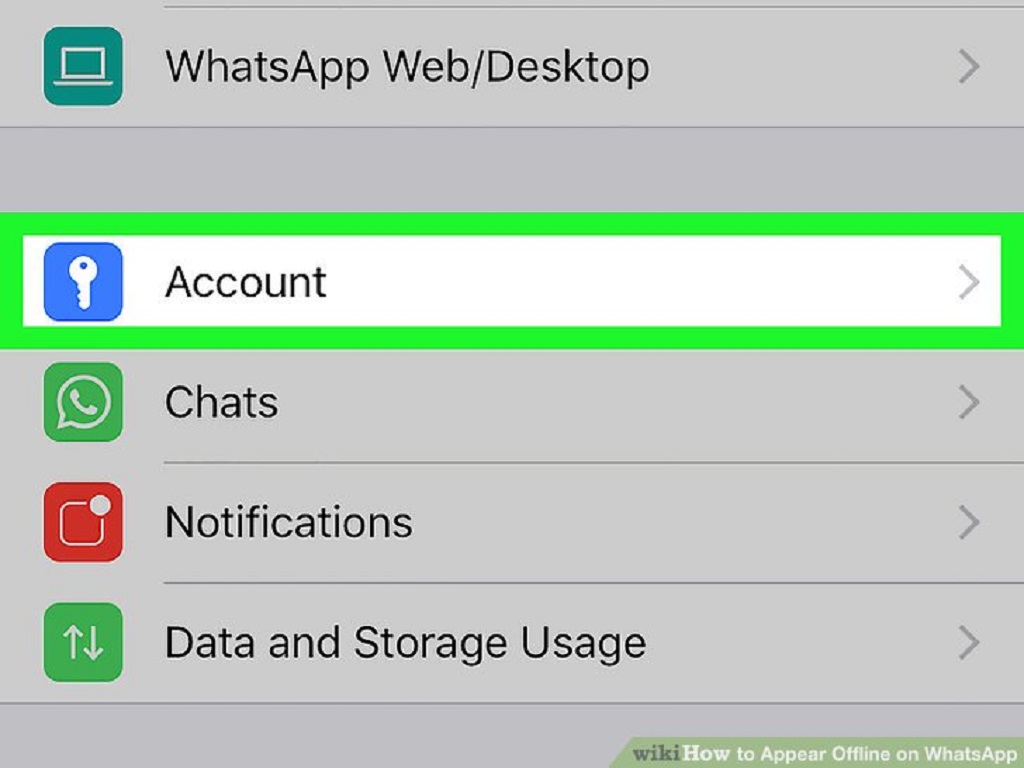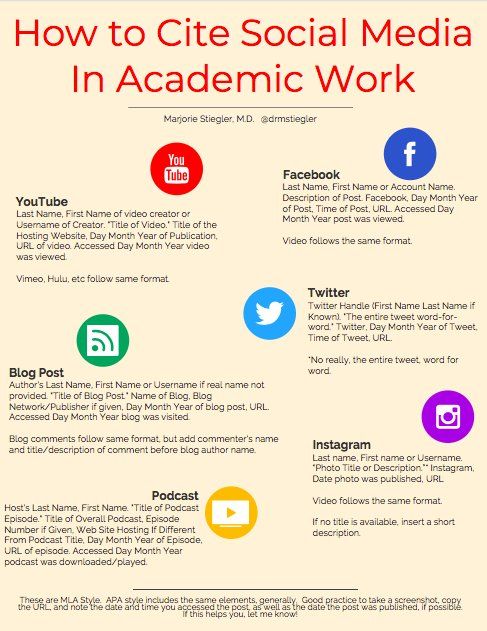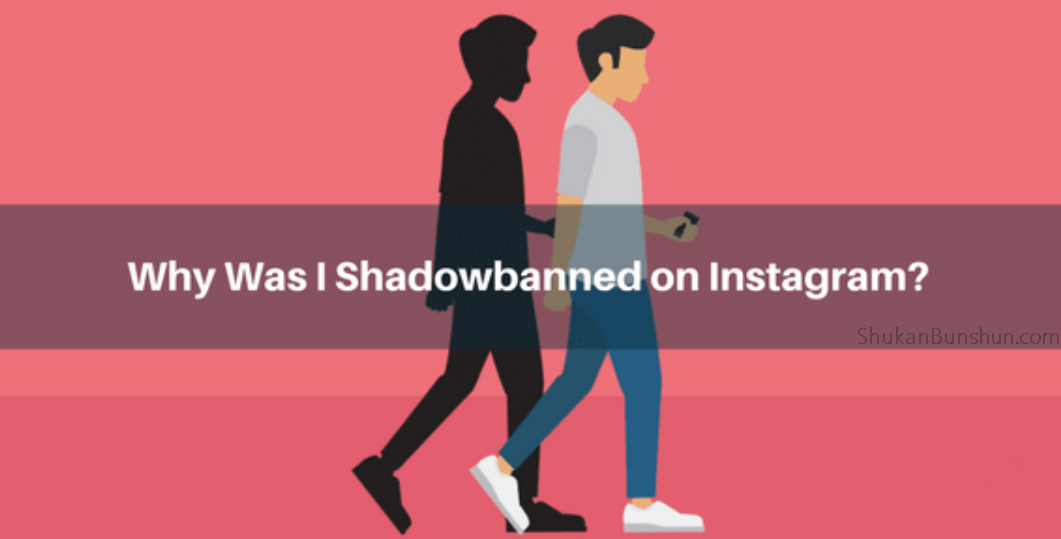How to find target audience on instagram
A Guide to Finding your Instagram Target Audience
Having in-depth knowledge of your Instagram target audience is an essential part of a successful Instagram marketing strategy.
Unless you know what intrigues and motivates your followers, you’ll have a hard time producing the right content to engage them. And unless you know when they are active, you won’t have much success reaching them at the right time.
So it’s important that you learn how to find your target audience on Instagram and discover the best Instagram targeting tactics to reach them. This post is going to help you do exactly that.
Finding and researching your Instagram target audienceLet’s start with a few key methods to define your Instagram target audience. Additionally, you’ll also discover some audience research tips so you can learn how to target an audience on Instagram.
Resources for audience insights
In addition to the best practices below, explore these resource for more ways to pinpoint your audience:
- Social media demographics to inform your brand’s strategy
- How to use social media personas to boost brand engagement
- How to define and reach your target audience on social media
You don’t necessarily have to reinvent the wheel. If your business already has defined buyer personas, it will often make sense to reuse the same information to define your Instagram target audience.
Have a clear idea of what the typical customer looks like for your business. Ask yourself what your product is and what it does. Who is your product designed for? And what is your audience looking for?
A product like Evernote, for instance, makes it easier for people to take notes and organize important information.
So their target audience would typically be: a) busy professionals b) looking for solutions to organize their information and tasks c) and increase their productivity.
2. Collect competitive insightManage your audience with Sprout Social
Sprout’s profile views allow you to review conversation history and add internal notes and contact details to individual profiles.
Highlight brand advocates and stay on top of customer care with detailed information your entire team can access.

Test out how Sprout can help you connect to your target audience with a free trial.
You can learn a lot about your target audience by looking into your competitors’ Instagram audience. See what kind of followers they have and what kind of posts they are publishing. This can give you some idea of what your Instagram target audience should look like. You can figure out if there are gaps or missing audience segments you’ve left out as you’ve started putting together a picture of your own audience.
While the Phlanx Influencer Auditor tool is meant for influencer research, it’s also a great tool for analyzing your competitors. Just enter their social media handle and the tool will generate a comprehensive audit report of their account.
You can discover important audience insights such as their follower locations, demographics and brand mentions.
3. Use existing demographics dataThe existing demographic insights you can get from your Instagram analytics can tell you a lot about your Instagram target audience.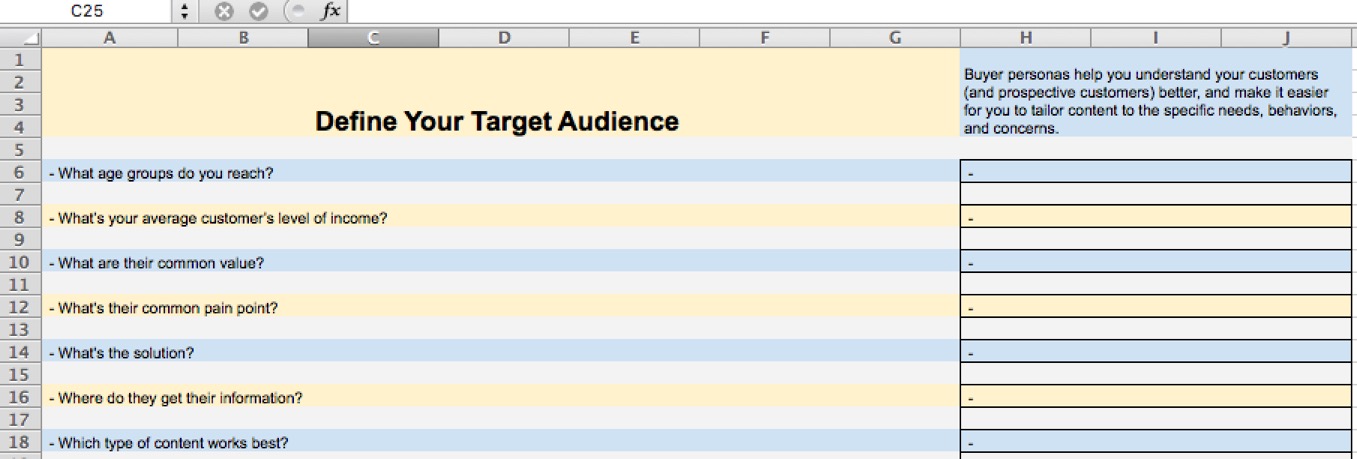
Under “Insights”, go to “Audience”. Here, you can see some vital statistics about your existing followers including their age range, gender and location.
Combine this data with your buyer personas and the information you collected from competitor research. This should help you paint a clear picture of what your Instagram target audience looks like.
4. Conduct social listening to understand relevant conversationsAudience research is one of the key steps to understand your audience and execute effective Instagram targeting.
One of the best ways to understand your Instagram target audience is through social listening. Unless you know what your audience is talking about and what they are interested in, you’ll have a hard time understanding how to engage them.
Use social media listening tools from Sprout Social to pinpoint conversations in your industry and around certain topics. This can give you a better idea of what your target audience is talking about, how they feel about a certain topic and who is driving those conversations.
With this, you can identify trending conversations you can participate in and influential thought leaders to help you amplify your brand message.
5. Make the most of Instagram pollsIf you’re going to research your audience, why not ask them directly?
Make the most of Instagram Stories polls to ask relevant questions that will help you understand your audience better and improve your Instagram targeting.
You could ask them what type of content they prefer and what they expect from you. Or you could create polls to narrow down on the specifics of their likes and dislikes, their interests and hobbies, their shopping behavior, etc.
Reaching and engaging your Instagram target audienceIt’s not enough to find your Instagram target audience if you don’t know what to do with the information.
Once you have a clear idea of who your target audience is and what they want, you can use the insights for effective Instagram targeting. Here are a few tips to help you reach and engage your audience on Instagram:
Here are a few tips to help you reach and engage your audience on Instagram:
The right hashtags can get you in front of the right audience.
Your target audience should have interests relevant to your brand and/or industry. This also means that they would use or follow hashtags relevant to the industry.
It’s your job to make sure that you use those hashtags so that the right people can discover your content.
This is exactly where you can make the most of Sprout’s social media monitoring tools. The Trends Report helps you discover the top hashtags that people are mentioning with your profiles, so you can narrow down on the most relevant and popular hashtags to use in your posts for better visibility.
You can also look for the top hashtags in your industry using tools like RiteTag.
Besides your regular Instagram feed posts, don’t forget to tag your Stories with the right hashtags.
2. Use location tagging
Use location taggingFor location-based Instagram targeting, you can make the most of the platform’s location tagging feature. As location-tagged posts and Stories show up in relevant searches, this feature can significantly enhance your post visibility with the right audience.
In other words, people interested in content or events captured at those locations will be able to see your posts in their search results. Since the content is relevant to them, there’s a good chance they will take the time to view it and even engage with it.
See how the official Spurs Instagram account tagged one of their posts at the AT&T Center.
3. Connect with the right influencersView this post on Instagram
A post shared by San Antonio Spurs (@spurs)
Influencers have authority in specific niches as a direct result of their passion and expertise.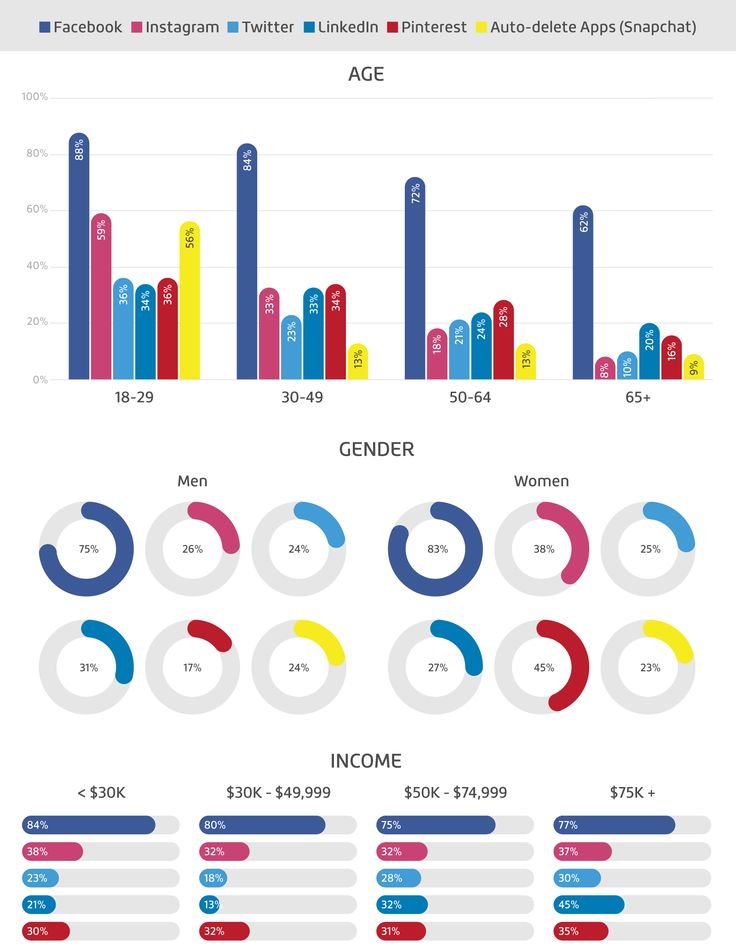 They have amassed hundreds of thousands of followers whose interests align with their niche.
They have amassed hundreds of thousands of followers whose interests align with their niche.
So partnering with the right influencers can be highly effective for reaching your Instagram target audience. This would involve a partnership with influencers that your target audience follows and looks up to.
There are a few ways to find relevant Instagram influencers for your brand.
- Through a hashtag search – Conduct a hashtag search using industry- or brand-specific hashtags. Look for influencer content among the “Top Posts” in your search results. This should help you narrow down on influencers who create highly relevant content in your niche.For example, let’s say you are a home décor brand and you want to reach people who are interested in DIY home décor. Conduct a search for the hashtag #diyhomedecor and go through the top posts in your search results.
For this example, let’s take a closer look at the following post, which comes up among the top posts for this hashtag.
Now we’re going to check out the account that created the post. In this case, it’s the user @down_mulberry_lane. As you can see in the screenshot below, the user has 34.8k followers and her content is very relevant to home décor. Having both reach and relevance, she could make an excellent influencer for a brand in this area. - Using influencer discovery platforms – You can also use influencer discovery platforms like BuzzSumo and Influence.co to conduct your search. All you need to do is enter an industry-specific keyword and the platforms will display the most relevant influencers for those keywords.Additionally, you can also use the social media marketing analytics suite from Sprout to identify influencers who are leading relevant conversations in your niche.
Once you identify the right influencers for your brand, you can approach them with several types of partnership depending on your goals. You could:
- Have them review your product or service
- Get them to share your content with their followers
- Partner with them to run a giveaway contest
- Have them take over your social media account for a set time period
- Get them to ingeniously position your brand or product
For example, Yes Style, a K-beauty retailer partnered with a beauty influencer @sophsmakeupp to promote their products.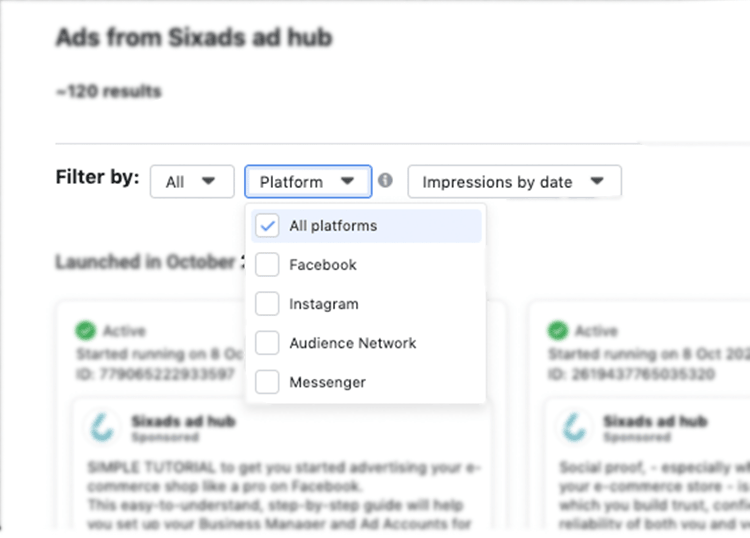 The influencer created a short tutorial video akin to the usual content that she regularly produces. In the video, she used products that people can buy on Yes Style and included a short review of each product in the caption.
The influencer created a short tutorial video akin to the usual content that she regularly produces. In the video, she used products that people can buy on Yes Style and included a short review of each product in the caption.
View this post on Instagram
A post shared by Sophia🦋 (@sophsmakeupp)
This is an excellent example of partnering with the right influencers to reach your Instagram target audience.
4. Participate in relevant and trending conversationsParticipating in the right conversations can help you get noticed by the right people.
Use social listening tools from Sprout to discover trending conversations in your industry and about your brand. This will help you understand some of the most active conversations that you can either participate on through existing active posts, or start new posts that have a high chance of sparking engagement.
You can also use these tools to track brand sentiment and understand how people feel about your brand and your competitors. This will give you some insight on how to differentiate your business and engage your target audience more effectively.
5. Get inspiration from analytics dataFurther, you can collect performance insights from your published content to see what your audience likes.
Find out what types of content get the most engagement so you can understand what resonates with the audience. Use this information to strengthen your Instagram marketing strategy and develop more engaging content.
Sprout’s social performance reporting tools are perfect for collecting these insights. In the below example, the message tagging feature was used to group different campaigns and hashtags, allowing a more granular look at what posts are getting seen more frequently.
Start engaging on InstagramHaving a better understanding of who your Instagram target audience is and what they like will empower you to strengthen your engagement strategy.
Use the tips given above to find, research and engage your audience on Instagram. If you’re ready to take your strategy to the next level, get a 30-day free trial of Sprout Social to test out our tools for yourself.
How to Identify Your Instagram Target Audience and Create Customers
Are you attracting the right audience on Instagram?
Do you know what type of content inspires them? Or what problems are they currently facing? If not, then you’ve probably learned the hard way that selling to a cold audience is EXTREMELY hard.
But don’t worry. You’re not alone! We’ve come across many brand owners who have the same issues. Most of the time they’re targeting the wrong audience who isn’t interested in their offer. Other times they’re posting without having an effective Instagram marketing strategy. Luckily, we now have Instagram analytics tools to help us learn more about the people we’re targeting online.
In this post, we’ve lined up a step-by-step process to help you identify your Instagram target audience and turn them into customers:
- Step 1: Pick a profitable niche
- Step 2: Find the perfect audience size
- Step 3: Create buyer personas
- Step 4: Analyze your competitors’ audience
- Step 5: Use the search tool to discover new audiences
- Step 6: Use analytics to keep track of your followers
Ready? Let’s get started!
Step #1: Pick a profitable niche
Here are some profitable Instagram niches to inspire you:
TravelDo you love to travel and you’re able to do it frequently? Bring your followers with you on inspiring journeys as @travelikeagirl does.
Passionate about inspiring others to live a healthy life? You can share healthy recipes, fitness routines and mindset posts like @popsugarfitness.
BeautyLove makeup? Is creating tutorials and reviewing beauty products is something that you’re fascinated with?
PhotographyInstagram is perfect for photographers (below: @gaborestefan) as it’s a visual platform. Beautiful and eye-catchy pictures get re-shared and have some of the best reach. Just figure out what kind of photography do you enjoy doing more: wedding, pets, lifestyle, business, etc.
FashionPeople come to Instagram for fashion inspiration and product inspiration. Instagram fashion influencers are so abundant, they’re now categorized into nano, micro, and giga-influencers. If you’re a fashion designer, retailer (example: @skims), or influencer you’ll be able to build a community.
PS: Want to become a social media influencer? Check out this guide on how to become a social media influencer.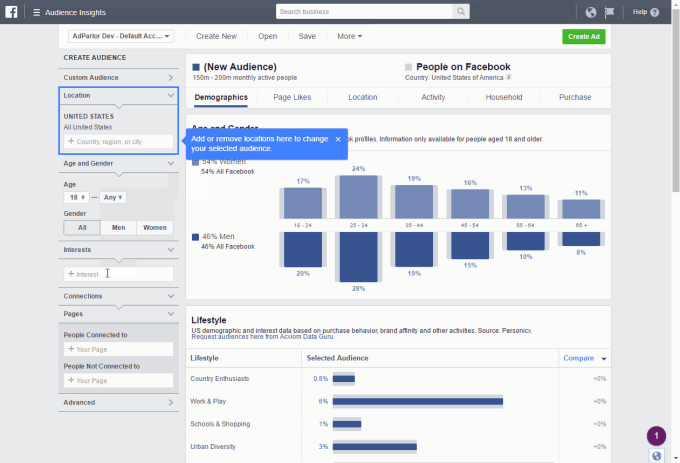
Business
Small and large businesses are now using Instagram. Regardless of what you’re selling, as long as you can present your products/services in a visually compelling way you’ll find your audience on Instagram. Below:@nealschaffer
PetsWho doesn’t love cute pets? Images of cats (below @hosico_cat), dogs, and other lovely creatures will stop anyone from scrolling through their feeds.
So, how do you pick a niche?
Start by listing 5 things you’re passionate to talk and write about. Then do a quick search on Instagram and see what type of content people post in that niche. Is it something you’re comfortable posting about? Are there people who are successful in your niche? If yes, then, you can go ahead with your topic idea. If not, back to the drawing board.
Examples of niches:
- Industry: Health & fitness
- Niche: Vegan recipes, Yoga for teenagers
- Industry: Marketing
- Niche: Instagram marketing, Pinterest marketing, Tiktok marketing, Ads for e-commerce business
- Industry: Handmade products
- Niche: Custom engraved pottery, Custom printed T-shirts, Coconut oil cosmetics
Pro tip: Don’t confuse your niche with your industry.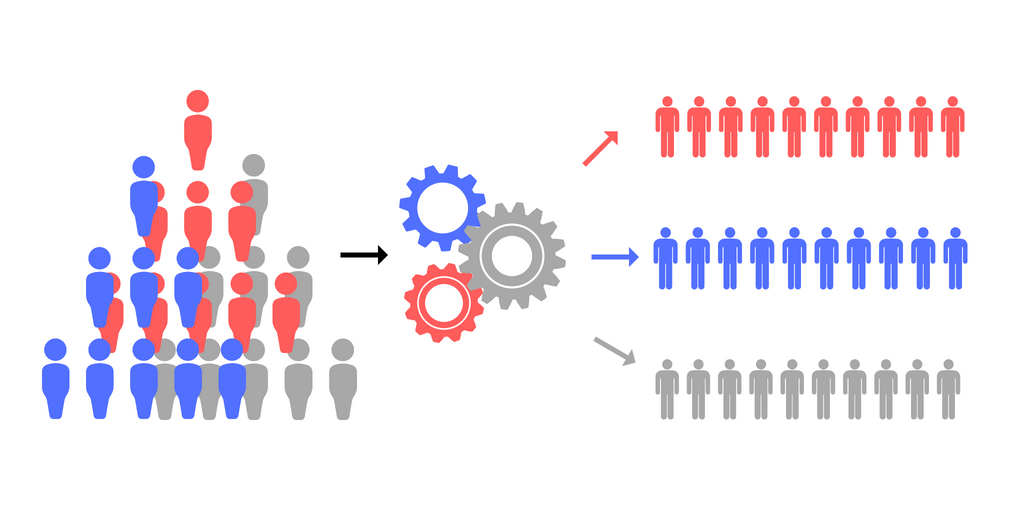 A niche is a small fraction of the entire market you’re in. The more specific you are with your targeting, the easier it’s going to be to appeal to the right group of customers.
A niche is a small fraction of the entire market you’re in. The more specific you are with your targeting, the easier it’s going to be to appeal to the right group of customers.
Step #2: Find the perfect audience size that’s not too broad but not too small either
Now that you have selected a few topics, it’s time to test the audience size for each of your niches. This is important because if you pick an audience that is too broad, you’re not going to be very successful in targeting. I like to use the Facebook ads targeting tool to test audiences. The tool allows you to do a detailed targeting by demographics, geographical location, income level, and interests.
You might be thinking: ”I already know my Instagram target audience. It’s American women, aged 20 – 40 who own a business”. In reality, what you have is a very broad audience. That’s 22 million people! Even if we discount the 40% of people in your target audience who aren’t on Instagram, you still have a broad audience that’s going to be difficult to target.
So, you’ll want to niche down even more and start thinking: Who is ACTUALLY your ideal customer? And what interests do they have?
Step #3: Create buyer personas
One method that’s been very effective to narrow down on your Instagram target audience, is building buyer personas. A buyer persona is an avatar of the common characteristics your ideal buyers have. The more detailed it is, the more effective your marketing actions will be. If you’re selling products/services to all genders and age groups, you should create a few different personas.
Here’s how to create a buyer persona
First, decide on the demographics traits your ideal buyers have:
- Age
- Gender
- Location
- Occupation
- Monthly income
- Education level
- Other interests
Second, take note of your ideal customer’s preferred sources of information. Who are the top bloggers or websites they follow? Who are the gurus they trust? Do they read any books or magazines? These are all important factors that will influence their buying decisions.
- Blogs/websites
- Social media channels
- Gurus/influencers
- Books
- Magazines
Next, use social media polls to ask your audience what are their main challenges & pain points, and what’s stopping them from achieving their goals? These challenges will help you decide on a product/solution you can offer that’s tailored to their needs.
- Customer challenge 1
- Customer challenge 2
- Customer challenge 3
Finally, it’s time to think about which problem can you help them solve. People may have a wide range of problems. And you may not be able to address everything in the content you share on social media. And that’s okay! You just need to find one solution that you can offer that’s going to make your audience’s life better.
- The problem I can help my audience solve is … [insert customer challenge]
Did you nail that? You’ll find it easier to convert your audience into paying customers! Because now you’re focused on the SOLUTION to their problems.
Step #4: Analyze your competitors’ audience
With 75% of US-based businesses planning to have an Instagram account this year, you’ll hardly be the only business offering the product/service you do. So, in that case, if you’re not sure who your ideal audience is you’ll find success in analyzing your competitors’ audience.
- Who are the people that engage with your competitors’ Instagram posts?
- Where do they live?
- What type of content attracts them?
- What inspired them?
These questions can be answered by doing a competitive overview.
But you don’t have to do it manually. You can spy on your competitors using analytics tools. Sharemyinsights.com allows you to see what your competitors are doing. You can check how often they post, what hashtags bring them most likes and get insights into their followers’ demographics.
This is another reason why you should keep your competitors close: you can find your ideal audience on their profile.
Go to your competitor’s profile and tap on Followers. From there, start looking at their followers’ accounts and follow them back. Scroll through their posts, reply to comments, and start engaging in conversations with your ideal buyers. Just be careful not to follow more than 50 people a day, or Instagram may think you’re a spammer/robot.
Pro Tip: Want more exposure? Switch on notifications for your top competitors. Just make sure you leave a meaningful comment so your potential buyers might notice and come over to your page and follow you back.
Step #5: Discover new audiences through industry hashtags
Did you know you could search for keywords on Instagram? While the platfor is a far cry from a search engine a few things are searchable: your profile username, business name and hashtags. So how can that help you find your audience? Try typing your industry keywords into the search bar to discover new accounts. Once you’ve found people you’re interested to connect with, you can follow them and send them a DM/voice note introducing yourself.
Once you’ve found people you’re interested to connect with, you can follow them and send them a DM/voice note introducing yourself.
Pro Tip: Want to market your business locally in your town? Then search your industry + city name to narrow down your search. Now you can get connected with people in your town.
Step #6: Use Instagram analytics tools to track your audience insights
Lastly, you want to monitor your follower’s insights. Instagram offers insights into your followers which can tell you whether your content strategy is attracting your ideal clients. Below are the top Instagram metrics you should track and what they mean.
Target audience metrics to track on Instagram:
Audience growth
This metric tells you the number of followers you gained/lost since the previous week. If you see sudden spikes or drops you need to double-check your content strategy. Is the content relevant to your audience? If not, change it.
Top locations
Instagram allows you to track your top 5 countries & cities your followers are located.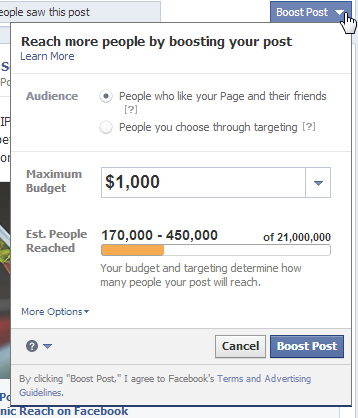 This is important to note if you are targeting a specific country or city. Use this information to help you save money on Facebook ads.
This is important to note if you are targeting a specific country or city. Use this information to help you save money on Facebook ads.
Age range
This shows a breakdown of your followers’ age groups. This will help you understand what age groups find your content more appealing. And you can change your voice/content to fit your audience best.
Gender
This metric indicates the balance between female and male followers. This is important if you’re trying to target a specific gender. For example, you’re a fitness coach for women, you’ll want to attract a larger portion of your followers who are women.
Followers (activity)
This metric tells you the hours and days your followers are most active on Instagram. Use this metric to find out the best times to post on Instagram and schedule your posts in advance.
Conclusion:
To take advantage of the marketing opportunities Instagram offers, you need to be clear of who your audience is. And who it isn’t! So now that you know how to identify your Instagram target audience, you’re ready to convert them into buyers. Good luck!
Good luck!
Hero photo by Simon Maage on Unsplash
Instagram Target Audience FAQs
What age group is Instagram aimed at?
Instagram is a young adult’s social channel. In fact, brands prefer Instagram as their medium to connect with millennials but it continues to extend to older generations. Statistics show that 71% of Instagram users in the age range of 35 years old and below while 16% are between 35-44 years old. If you are looking to know what age group to target on Instagram, it is still best not to focus on a single generation.
What is the Instagram demographic?
The Instagram demographic shows that younger generations tend to use the platform more than older generations. 71% of IG users are below 35 years old and only 16% are 35-44 years old. In the United States, 75% are between ages 18 and 24 years old, and 57% of US adult users are 25 and 29 years old.![]() These numbers imply that the 18 to 24 U.S. age group who uses Instagram is almost the same demographics as Facebook.
These numbers imply that the 18 to 24 U.S. age group who uses Instagram is almost the same demographics as Facebook.
What is Instagram auto audience?
The auto audience is a feature on Instagram that helps brands target their ads to a specific audience. Instead of sending ads to a general audience, it will send the ads to the people who are relevant and more likely to be interested in your product/service. They execute this by creating an audience using diverse signals like location, interests, and demographics. This is helpful especially with billions of active Instagram users.
How do you get an audience on Instagram?
Getting Instagram followers is not easy, however, we got some tips for you on how to grow your Instagram followers today. First, create a hashtag relevant to your brand, product, or service and make it a habit to always include it in your posts. You also need to consistently engage with your followers.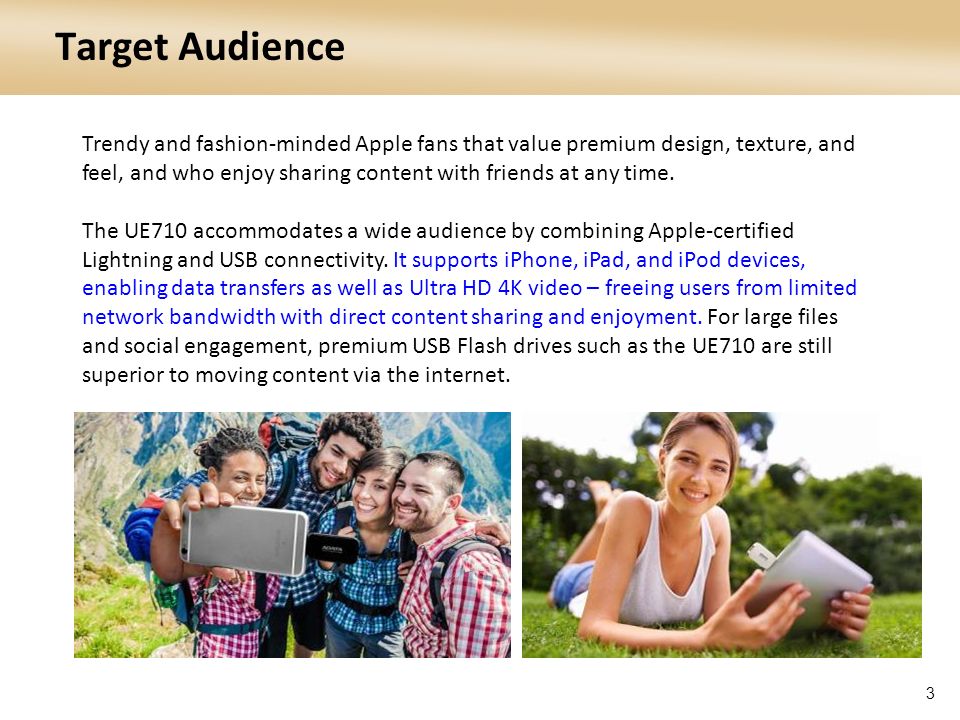 This will help you build relationships with your audience. More than that, socializing with your followers and other Instagram accounts works too!
This will help you build relationships with your audience. More than that, socializing with your followers and other Instagram accounts works too!
Who is the most followed person on Instagram?
The most followed person on Instagram is the famous Portuguese football player, Cristiano Ronaldo. March 2021, he has a massive 268 million followers. This makes him one of the most sought-after influencers on the platform. Brands are willing to pay huge money to reach his audience. Recently, he topped the Instagram Rich List Sports where it is reported that he takes home $889,000 per sponsored Instagram post.
How to choose a target audience on Instagram
Elena
Sergeeva, Targeted advertising specialistSelecting a target audience on Instagram is an important stage on which the results of your promotion depend. The better and more accurately you work through this data, the more sales and attention you will get.
If you don’t know who your target audience is yet, then it’s too early to move on to setting up targeted advertising on Instagram. First you need to pick it up, or at least make assumptions about who can become your ideal client or subscriber. How to do this, we will tell in the article.
Method 1: study current subscribers
If your page already has a small audience, you can conduct your mini-research and study subscribers' accounts.
For small numbers, the manual method is also suitable: go to accounts and analyze what interests your subscribers have, what is important to them, what unites them. This method will not work if subscribers were attracted by "gray" methods: through mass subscriptions or participation in a giveaway (a contest with prizes that one or more bloggers play). In this case, the selection will be irrelevant to the account.
For accounts with several thousand followers, the option of detailed audience analytics through internal Instagram statistics or third-party services is suitable.
Method 2: competitor analysis
This method can be successfully combined with the first one or used separately if your account has few followers yet.
Identify competitor accounts in your area and analyze the reactions and common features of the target audience: activity in comments, questions and objections, user accounts and their interests, subscriptions, marks.
The following ways to search for the target audience are located in the advertising account itself and are focused on working with targeted advertising on Instagram.
Method 3: Search for a target audience on Instagram by setting up an advertising campaign
You can select an audience for setting up targeted advertising both in the Instagram app and through Facebook Ads Manager.
In this article, we will take a closer look at the "Audiences" section in the Facebook advertising account. In addition to the basic characteristics of the target audience by age, gender, language, and geolocation, define detailed targeting parameters.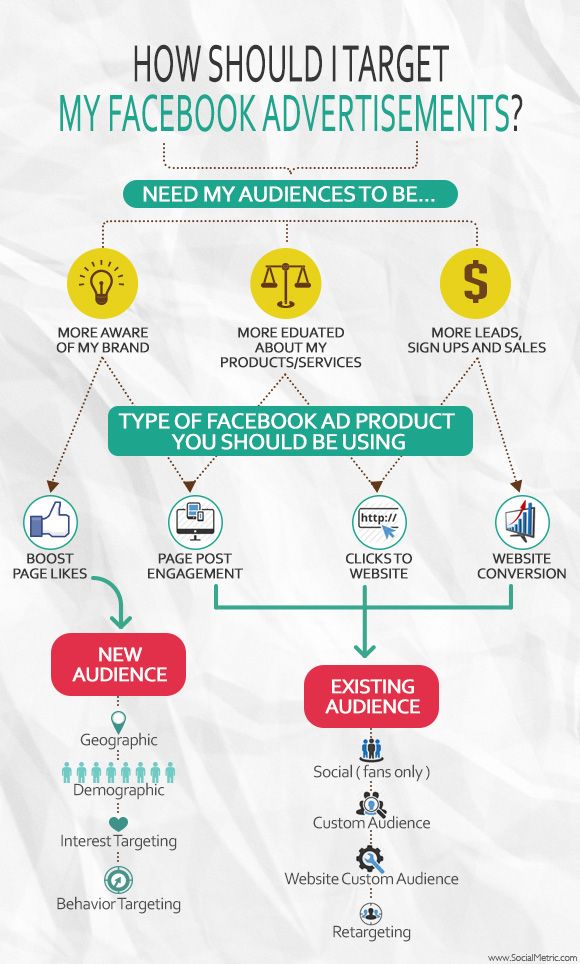
Suppose you want to show ads to entrepreneurs. In this case, you need to select interests from the topics of business and entrepreneurship. These can be either very broad interests with a large number of users:
Or, conversely, parameters that will narrow the audience:
Broad interests imply a large cut of the audience according to one common criterion. Such interests are in highly competitive topics and well-developed markets. Launching advertising to a wide audience is very costly and most often ineffective: it resembles firing a cannon at sparrows. And with a limited advertising budget, you run the risk of wasting money and not achieving your goals.
If you know what else your audience is interested in besides entrepreneurship, then you can better optimize the campaign at the setup stage. For example, your audience is still interested in yachting. Using the "Narrow Audience" button, you can add another criterion and get an audience at the intersection of these two interests:
Or, let's say you advertise themed jewelry for new parents.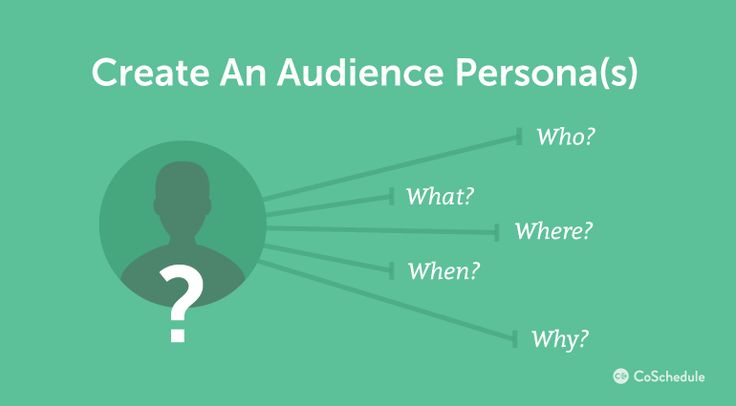 Then you can use a combination of broad interests with demographic characteristics.
Then you can use a combination of broad interests with demographic characteristics.
The combination of different characteristics and interests makes it possible to create unique segments of the target audience. But we recommend:
- Use no more than 1-4 detailed targeting options per ad group.
- Do not mix interests with demographics, job titles, or behavioral factors. To intersect them, it is better to use audience narrowing settings.
Method 4: Finding a Warm Audience
You can also work with your current audience on Instagram. This is possible:
- for users of an Instagram account for a certain period of time,
- for external site,
- for Facebook business pages.
In the "Audiences" section in the advertising account, click "Create an audience", and then select "Custom audience":
In the window that opens, select a source for analysis and collection of the target audience.
Following the prompts of the system, you will create an audience segment based on the results of its interaction with your content or resource, for example, those who viewed the video in the account. Then you can set up ads for this segment and remind yourself.
We described the creation of custom audiences in more detail in the article.
Method 5: Search for a lookalike audience on Instagram
This method complements the previous one.
If you already have a database of site visitors or current and potential customers (for example, their mail and phone numbers), then Facebook and Instagram algorithms will help you find similar users who may also be interested in your product.
Summing up
Understanding the target audience and constantly studying its reactions and responses provides a lot of important information for the development of your project or business and helps to achieve financial goals at the lowest cost.
Target audience on Instagram.
 How to identify a portrait - Mysina.ru
How to identify a portrait - Mysina.ru - Author Zarina Musina
9 out of 10 clients I work with don't know how to define their target audience. Although the blogs of newly minted and “hardened” Instagram marketers, copywriters write that it is necessary to know the audience of a product or service.
But what if you're a business owner and don't have a professional marketer on staff? How to define the target audience yourself?
Want more clients? Instagram consultation is perhaps the best solution for the first step. They are ready to buy what you offer them. Your product solves a person's problem, it is relevant for him, closes exciting questions.
Do you know your client? What does he care about, what does he breathe, where does he work, what does he do in his free time?
Every second customer assures that his service is indispensable and vital for everyone.
Guys, I believe you. Perhaps your product will suit a wide range of people. However, for each segment of the audience, you need to sell and build an advertising policy in different ways.
How to find the target audience?
First you need to sketch a general portrait of the audience. Who are these people who will buy your product through Instagram?
Write in the general portrait:
- Socio-demographic characteristics. This includes gender, age, marital status, region of residence, occupation, education, material conditions.
- Psychological characteristics. What is important to this person? What are his values, hobbies? How does he spend his free time? Where does it happen that he reads? What issues are of concern to him?
- Consumer behavior. What does he buy? Based on what criteria does he make his choice? Does he have money for your product?
- Is the person ready to buy now? Or is he not yet aware of his need for your service?
Please do not invent answers to these questions yourself.
Your consumer does not live in the head. Go exploring - get to know the real target audience.
How to find out the real needs of people?
Your helpers:
- Instagram . Go through the blogs of competitors and thematic publics where your audience is. Write down what questions they ask, what worries them?
- Internet blogs . See what's being posted outside of social media. Are there thematic platforms where the target audience communicates?
- Thematic forums, search engines .
- Reality . Go to places that potential buyers visit. Listen, what are they talking about?
In general, your task is to play Sherlock Holmes and try to collect the maximum amount of data about the real target audience.
What happens if the audience is defined incorrectly?
Let's look at the advertising campaign of one giant brand:
In November, bus stops in Moscow turned into a gym.
At first glance, it seems that this is an original and creative advertisement for men's perfume. It can be assumed that the target audience of the perfume is young men who take care of their figure and appearance and can afford a subscription to a fitness club.
However, brand managers did not take into account one detail - their target audience does not travel by bus, they own their own cars. But the stops are filled with grandmothers and students:
Even huge brands make mistakes in determining the target audience. Imagine, a whole marketing department is working on their advertising campaigns: art director, marketer, copywriter, designer.
If you have a micro business, you are self-employed and self-employed, then it is doubly important to correctly identify the target audience. You cannot afford unnecessary spending and careless actions.
Therefore, the first step in your sales is the correct analysis of the target audience. Once you know your target audience and their needs, move on to the rest of the blogging steps on Instagram.



